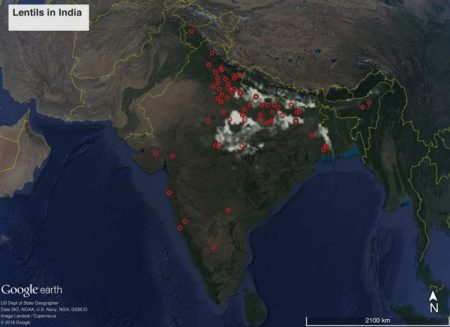When phylloxera broke out in Europe in the 1860s and 70s, many of the resistant hybrid vines in North America were uprooted and shipped across the Atlantic to save the European wine industry. The unfortunate consequence was that most plantings of Herbemont (and several other American varieties) were destroyed. In the 1920s, Prohibition disrupted winemaking in the US. When the industry took off again in the 1930s, tastes had changed and high-quality dry wines had fallen out of favor. When high-quality wine started to become popular again, in the latter half of the 20th century, European Vitis vinifera varieties were often emphasized at the expense of American varieties such as Herbemont. Just a handful of producers still make Herbemont wines. Thankfully, efforts are now underway to reintroduce and promote the Herbemont grape in several states across the South.
It now turns out, one place they might reintroduce it from is South Africa.
These two simple tests provide good preliminary evidence that the 95-year old Wynberg Village grapevine is probably an ancient clone of the true original Herbemont hybrid rootstock cultivar, which I believe is in real danger of becoming extinct for historical reasons.
Though of course there are also genebanks.
